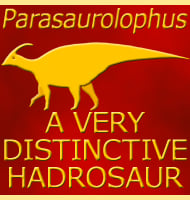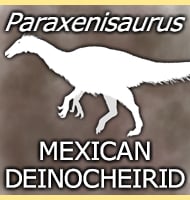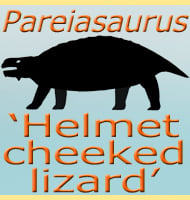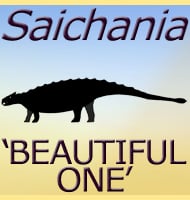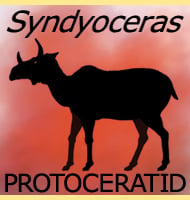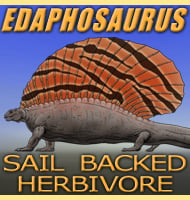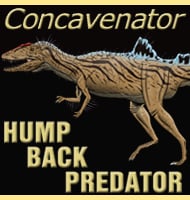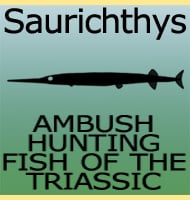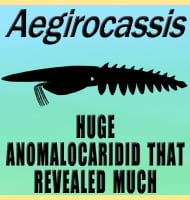In Depth
Megalochelys is one of the largest tortoises ever to walk the earth. Individuals of Megalochelys can vary greatly in size, though the largest species M. atlas, (formerly a distinct genus known as Colossochelys), is known to have had an upper shell size approaching just over two meters in length. This large size meant that Megalochelys was simply too big and too difficult to handle for most predators of the day, and the genus was able to successfully spread over much of Southeast Asia.
Megalochelys as a genus however seems to have met its demise at the hands of early human hunters. Equipped with greater intelligence and tools, early Human settlers were able to work around the tough shell and skin of even the largest Megalochelys. These tortoises being slow and providing an easy source of meat soon succumbed to the increasing numbers of people. Evidence of this fate come from the stark observations that the population decline of Megalochelys always seems to coincide after the establishment of the first human populations in those areas, with the last Megalochelys disappearances coinciding with the last areas to be reached by early people.
Further Reading
- On additional fossil species of the order Quadrumona from Siwaliks Hill. Journal of the Asiatic Society of Bengal 6:354-360. - . Falconer & P. T. Cautley - 1837. - Communication on the Colossochelys atlas, a fossil tortoise of enormous size from the Tertiary strata of the Siwalk Hills in the north of India. - Proceedings of the Zoological Society of London 1844(12):54–84. - H. Falconer & P. T. Cautley - 1844. - Ecological history and latent conservation potential: large and giant tortoises as a model for taxon substitutions. - Ecography. Wiley. 33 (2): 272–284. - Dennis M. Hansen, C. Josh Donlan, Christine J. Griffiths & Karl J. Campbell - 2010. - Conservation Biology of Freshwater Turtles and Tortoises. - Chelonian Research Monographs. 5 (First ed.). Chelonian Research Foundation. - Anders Rhodin, Peter Pritchard, Peter Paul van Dijk, Raymond Saumure, Kurt Buhlmann, John Iverson,, Russel Mittermeier - 2015. - Turtles and tortoises of the world during the rise and global spread of humanity: first checklist and review of extinct Pleistocene and Holocene chelonians. - Chelonian Research Monographs. 5(8):000e.1–66. - Anders G.J. Rhodin, Scott Thomson, Georgios L. Georgalis, Hans-Volker Karl, Igor G. Danilov, Akio Takahashi, Marcelo S. de la Fuente, Jason R. Bourque, Massimo Delfino, Roger Bour,,John B. Iverson, H. Bradley Shaffer & Peter Paul van Dijk - 2015. - On the nomenclature of the largest tortoise that ever lived: Megalochelys sivalensis Falconer & Cautley, 1837 vs. Colossochelys atlas Falconer & Cautley, 1844 (Reptilia, Testudinidae). - The Bulletin of Zoological Nomenclature. 76 (1): 162. - Evangelos Vlachos - 2019.

